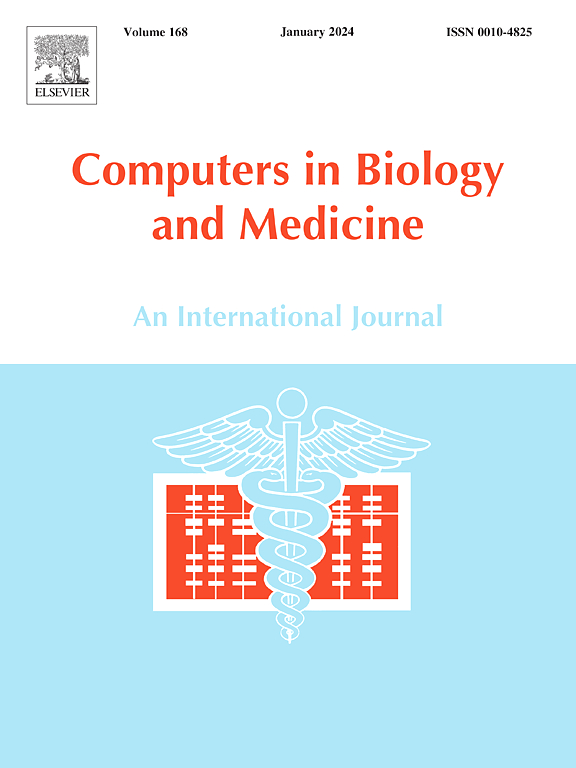Time-series deep learning and conformal prediction for improved sepsis diagnosis in primarily Non-ICU hospitalized patients
IF 7
2区 医学
Q1 BIOLOGY
引用次数: 0
Abstract
Purpose
Sepsis, a life-threatening condition from an uncontrolled immune response to infection, is a leading cause of in-hospital mortality. Early detection is crucial, yet traditional diagnostic methods, like SIRS and SOFA, often fail to identify sepsis in non-ICU settings where monitoring is less frequent. Recent machine learning models offer new possibilities but lack generalizability and suffer from high false alarm rates.
Methods
We developed a deep learning (DL) model tailored for non-ICU environments, using MIMIC-IV data with a conformal prediction framework to handle uncertainty. The model was trained on 83,813 patients and validated with the eICU-CRD dataset to test performance across hospital settings.
Results
Our model predicted sepsis at 24, 12, and 6 h before onset, achieving AUROCs of 0.96, 0.98, and 0.99, respectively. The conformal approach reduced false positives and improved specificity. External validation confirmed similar performance, with a 57 % reduction in false alarms at the 6 h window, supporting practical use in low-monitoring environments.
Conclusions
This DL-based model enables accurate, early sepsis prediction with minimal data, addressing key clinical challenges and potentially improving resource allocation in hospital settings by reducing unnecessary ICU admissions and enhancing timely interventions.
时间序列深度学习和适形预测对主要非icu住院患者脓毒症诊断的改善
脓毒症是一种因对感染的免疫反应失控而导致的危及生命的疾病,是院内死亡的主要原因。早期发现是至关重要的,然而传统的诊断方法,如SIRS和SOFA,往往不能在监测频率较低的非icu环境中识别败血症。最近的机器学习模型提供了新的可能性,但缺乏通用性,并且存在高误报率。方法利用MIMIC-IV数据和适形预测框架,开发了一种适合非icu环境的深度学习(DL)模型,以处理不确定性。该模型在83,813名患者身上进行了训练,并使用eICU-CRD数据集进行了验证,以测试医院环境下的性能。结果我们的模型在发病前24、12和6小时预测脓毒症,auroc分别为0.96、0.98和0.99。适形入路减少假阳性,提高特异性。外部验证证实了类似的性能,在6小时窗口内误报率降低了57%,支持在低监控环境中的实际使用。结论:这种基于dl的模型能够以最少的数据进行准确、早期的脓毒症预测,解决关键的临床挑战,并通过减少不必要的ICU住院和加强及时干预,有可能改善医院环境中的资源分配。
本文章由计算机程序翻译,如有差异,请以英文原文为准。
求助全文
约1分钟内获得全文
求助全文
来源期刊

Computers in biology and medicine
工程技术-工程:生物医学
CiteScore
11.70
自引率
10.40%
发文量
1086
审稿时长
74 days
期刊介绍:
Computers in Biology and Medicine is an international forum for sharing groundbreaking advancements in the use of computers in bioscience and medicine. This journal serves as a medium for communicating essential research, instruction, ideas, and information regarding the rapidly evolving field of computer applications in these domains. By encouraging the exchange of knowledge, we aim to facilitate progress and innovation in the utilization of computers in biology and medicine.
 求助内容:
求助内容: 应助结果提醒方式:
应助结果提醒方式:


